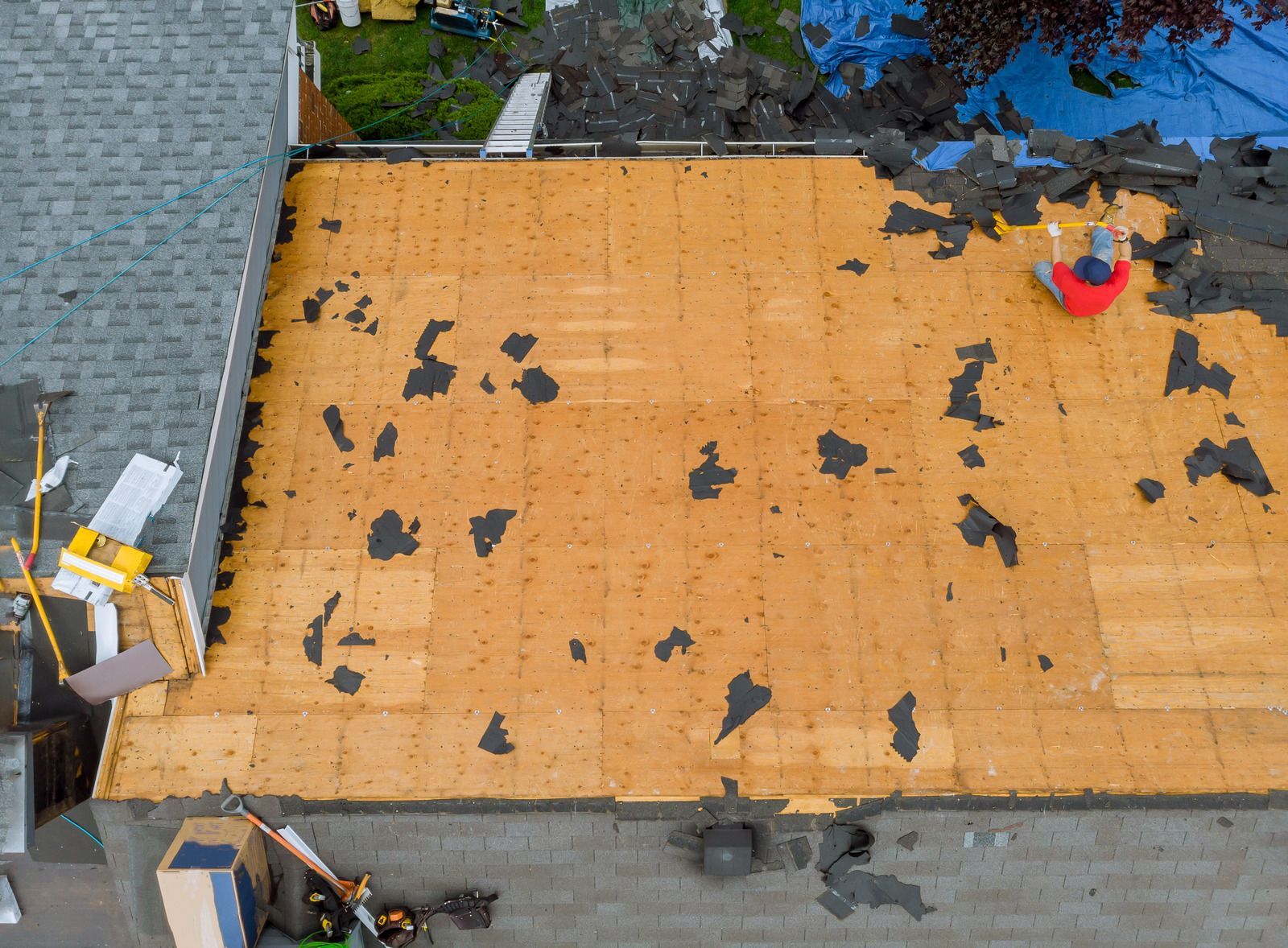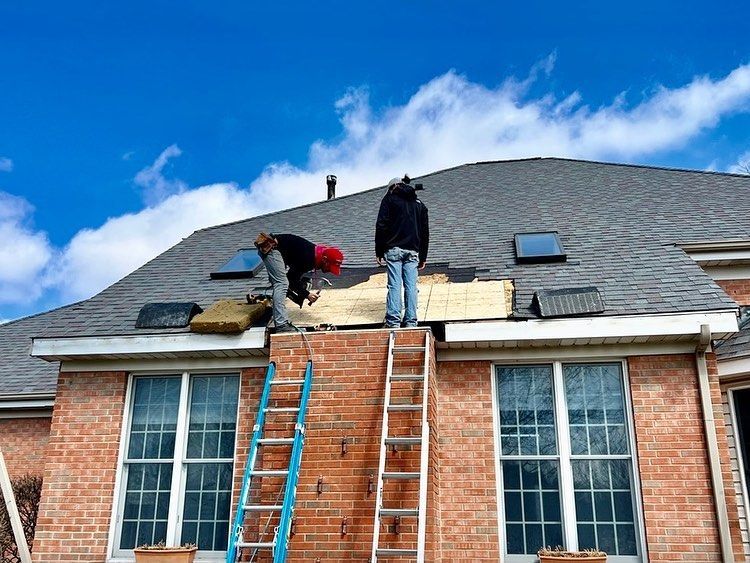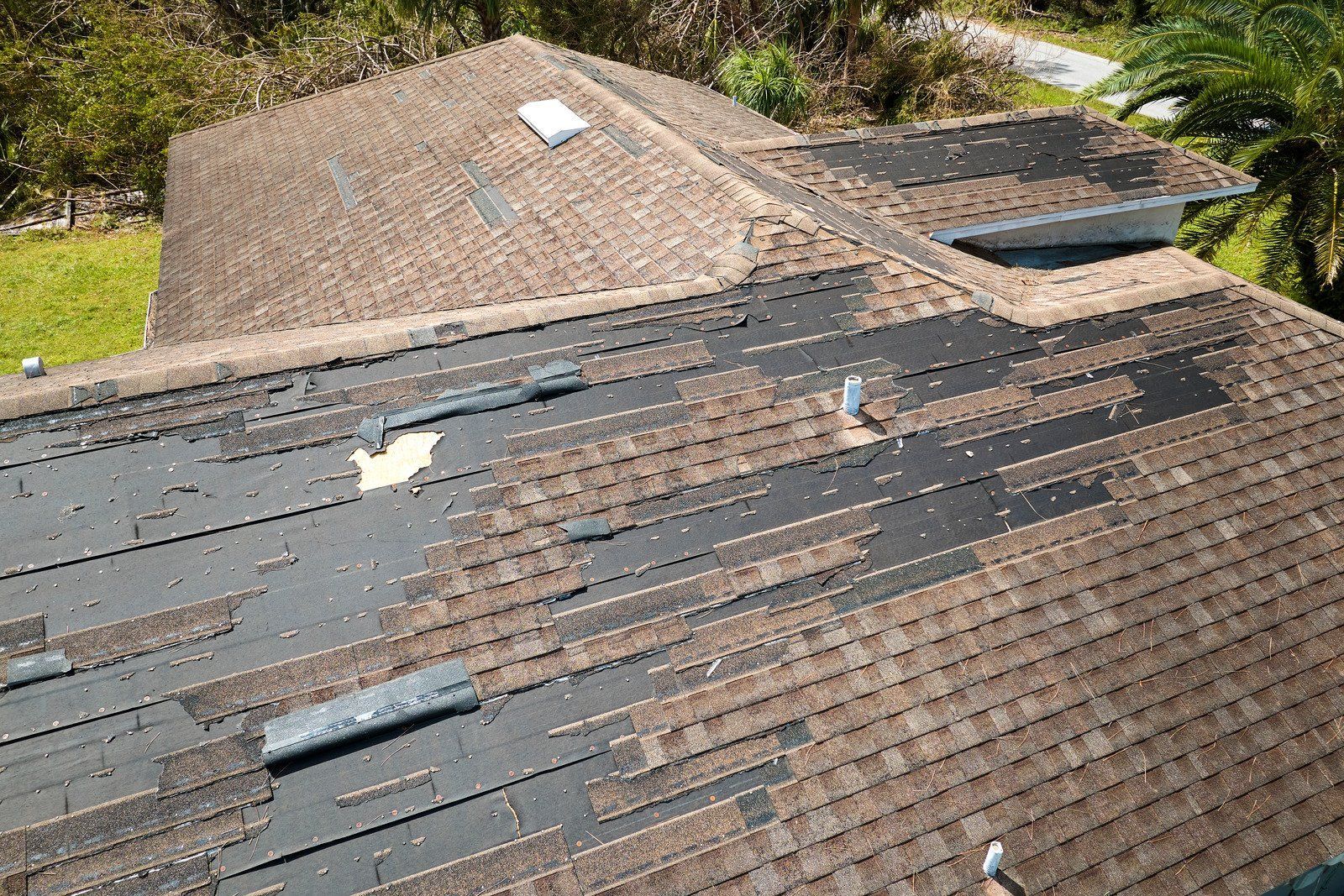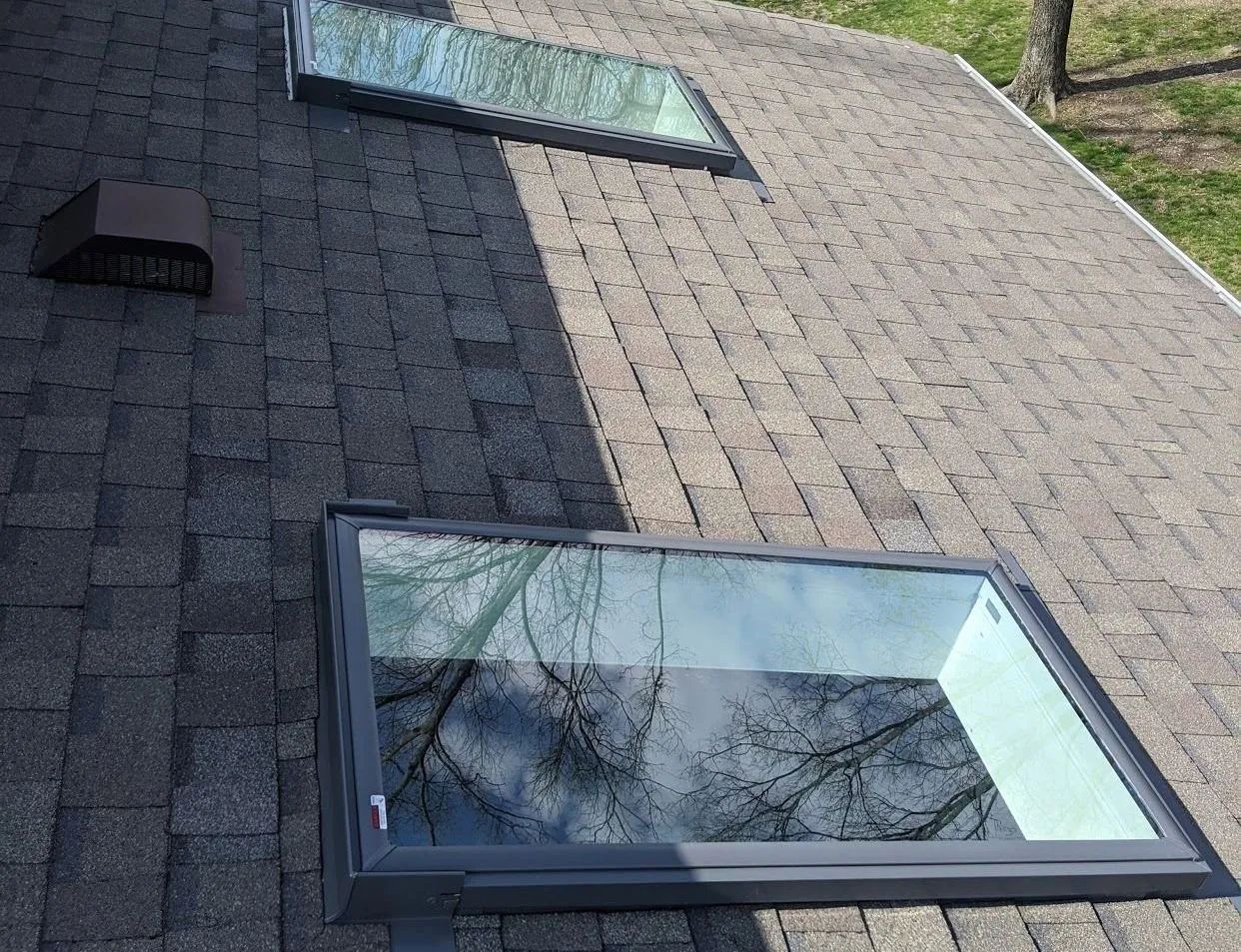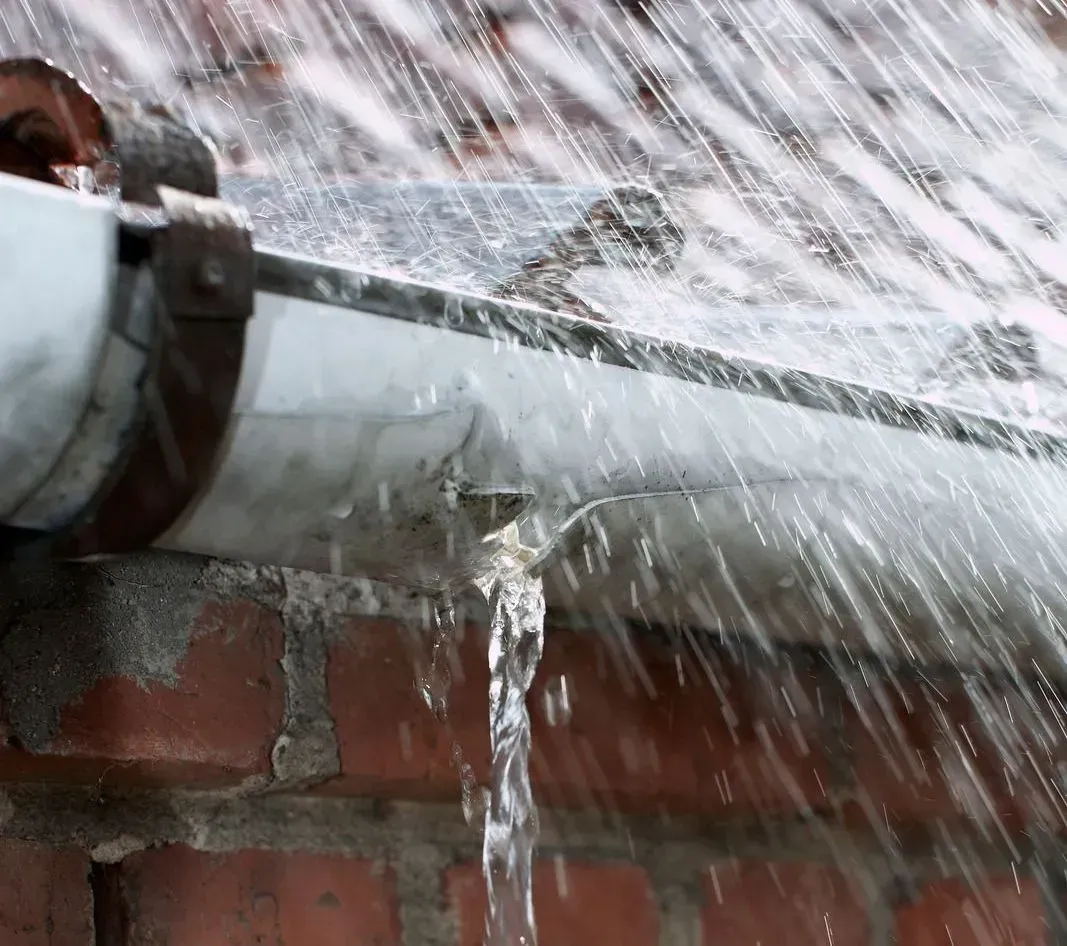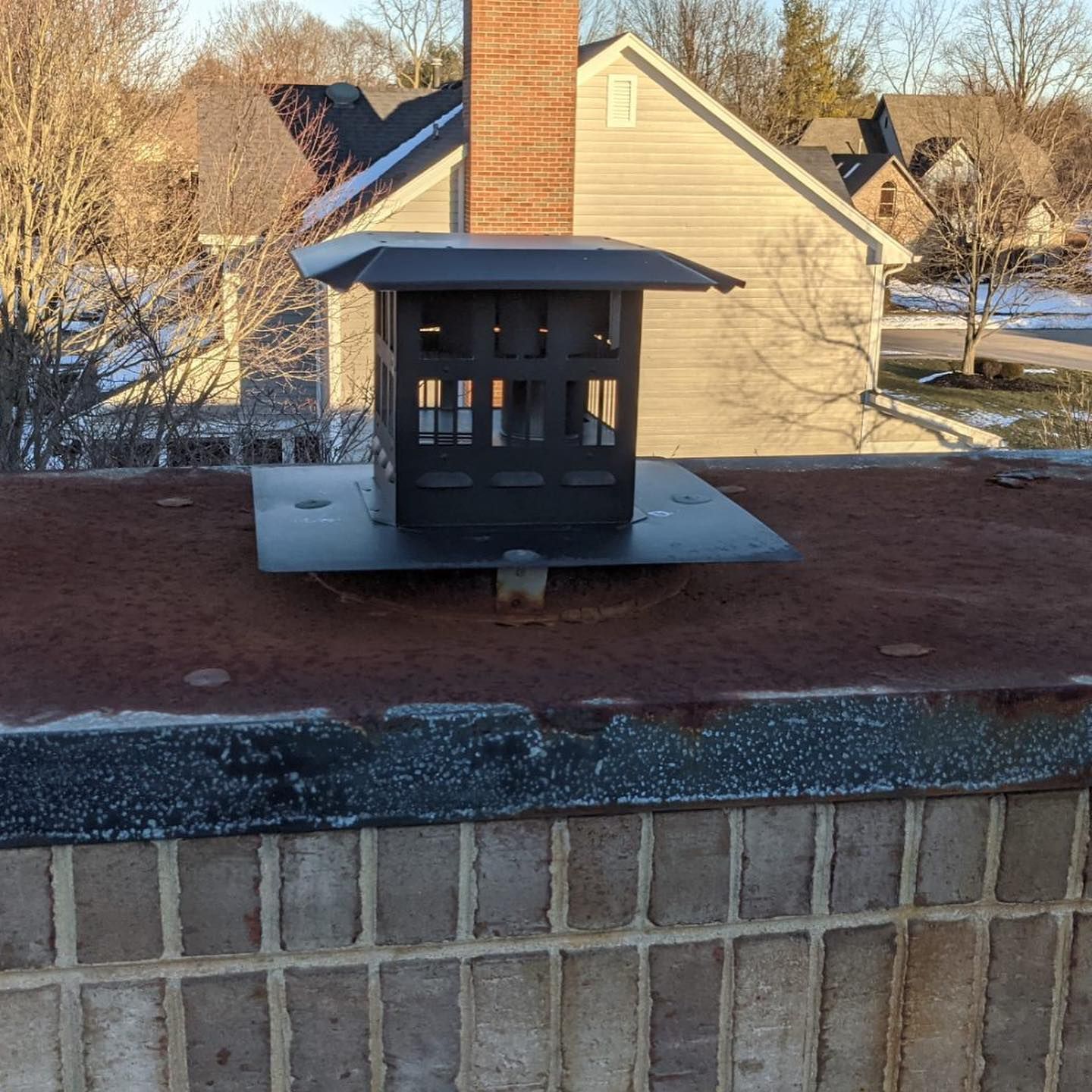How to Choose the Right Roofing Materials for Your Home
Your roof is one of the most important elements of your home. It protects you from the elements, adds curb appeal, and plays a major role in your home’s energy efficiency. When it’s time to replace or install a new roof, choosing the right roofing materials is a crucial decision. With so many options available, how do you know which material is best for your home?
Here’s a guide to help you make an informed decision when selecting the right roofing materials for your home:
1. Understand Your Budget
Before you dive into the different types of roofing materials, it's important to establish your budget. The cost of roofing materials can vary significantly depending on the type you choose. While some materials, like asphalt shingles, are more affordable, others, like slate or metal, may require a larger investment upfront. However, more expensive materials often offer better durability and longer lifespans, making them a good long-term investment.
2. Consider the Climate
The climate in your area plays a significant role in determining which roofing material is best suited for your home. For instance:
- Asphalt Shingles: Ideal for moderate climates, asphalt shingles are affordable and widely used. They perform well in areas with mild to moderate weather conditions but may not hold up as well in areas with extreme temperatures or heavy snowfall.
- Metal Roofing: Perfect for regions with harsh weather conditions like heavy rain, wind, or snow. Metal roofs are durable, lightweight, and resistant to rust and corrosion, making them a great option for areas prone to severe weather.
- Clay and Concrete Tiles: Best suited for hot, dry climates. These materials are excellent at reflecting heat and can help keep your home cooler. However, they are heavy, so ensure your roof structure can handle the weight.
- Wood Shingles and Shakes: Ideal for areas with moderate rainfall and temperatures. While they offer a rustic and charming appearance, they require regular maintenance to prevent rot and damage from moisture.
3. Evaluate Durability and Lifespan
The longevity of your roof depends largely on the material you choose. If you’re looking for a long-term solution, consider these materials:
- Metal Roofing: A metal roof can last 40 to 70 years, depending on the type of metal and how well it’s maintained.
- Slate Roofing: Slate is one of the longest-lasting roofing materials, with a lifespan of 100 years or more. It’s ideal for homeowners seeking durability and a natural aesthetic.
- Asphalt Shingles: While asphalt shingles typically last 20-30 years, they are still one of the most cost-effective options. Many high-quality asphalt shingles come with warranties that provide peace of mind.
- Wood Shingles/Shakes: These materials generally last 30 to 50 years, but they require regular maintenance to preserve their lifespan.
4. Think About Aesthetics
Your roof is a key component of your home's overall look. Different roofing materials come in a wide variety of styles and colors. Consider your home’s architectural style and the surrounding environment when choosing a roof:
- Asphalt Shingles come in a range of colors and can complement many types of homes, from traditional to modern.
- Metal Roofing offers a sleek, modern look and is available in various colors and finishes.
- Clay Tiles are perfect for Mediterranean, Southwestern, and Spanish-style homes, with their distinct, warm appearance.
- Wood Shingles/Shakes provide a natural, rustic look that works well with cottages or homes in wooded areas.
5. Consider Maintenance Requirements
Different roofing materials have different maintenance needs. Some materials require more attention over time, while others are virtually maintenance-free.
- Asphalt Shingles require minimal maintenance, though regular inspections and cleaning of gutters are recommended to prevent buildup.
- Metal Roofing is low maintenance and only requires occasional cleaning to prevent debris from accumulating.
- Wood Shingles/Shakes need more frequent upkeep, including treatments to prevent rot and moss buildup, especially in damp climates.
- Slate Roofing is relatively low-maintenance and doesn’t require much beyond occasional cleaning.
6. Energy Efficiency
Your roof also plays a role in your home’s energy efficiency. Certain materials reflect heat and help reduce your cooling costs, especially in hot climates.
- Metal Roofing is a highly energy-efficient option, as it reflects sunlight and heat, keeping your home cooler in the summer months.
- Clay and Concrete Tiles also offer excellent thermal insulation, keeping your home cooler in the summer and warmer in the winter.
- Asphalt Shingles can be enhanced with reflective coatings to improve energy efficiency, though they are generally not as effective as metal or tile roofs.
7. Environmental Impact
If sustainability is important to you, consider the environmental impact of your roofing materials. Some materials are more eco-friendly than others:
- Metal Roofing is highly sustainable as it is often made from recycled materials and can be recycled again at the end of its lifespan.
- Slate Roofing is a natural stone, making it a durable and environmentally friendly choice.
- Wood Shingles are biodegradable, but they may require chemical treatments to prevent decay, which can have an environmental impact.
- Asphalt Shingles are not the most eco-friendly choice, as they are petroleum-based and can contribute to landfill waste. However, there are recycling programs that can help reduce the environmental impact.
8. Work With a Professional Roofing Contractor
Once you’ve narrowed down your options, it’s essential to work with a professional roofing contractor who can help you choose the right material for your specific needs. They can assess the condition of your roof, recommend suitable materials, and ensure that the installation is done correctly to maximize the lifespan and performance of your roof.
Conclusion
Choosing the right roofing material for your home involves considering factors like your budget, climate, durability, aesthetics, and maintenance needs. By understanding the options available and working with a qualified roofing contractor, you can select a roofing material that not only enhances the beauty of your home but also provides lasting protection.
If you’re ready to explore your roofing options, contact Chimney Rock Roofing & Construction, LLC
today to schedule a consultation. Serving Dayton, Beavercreek, and Centerville, Ohio for over 20
years, we’re your trusted partner for expert roofing solutions. We guide homeowners in selecting the right materials to match their needs, style, and budget—ensuring durability, energy efficiency, and curb appeal. Count on our experience and commitment to quality for results that last.
